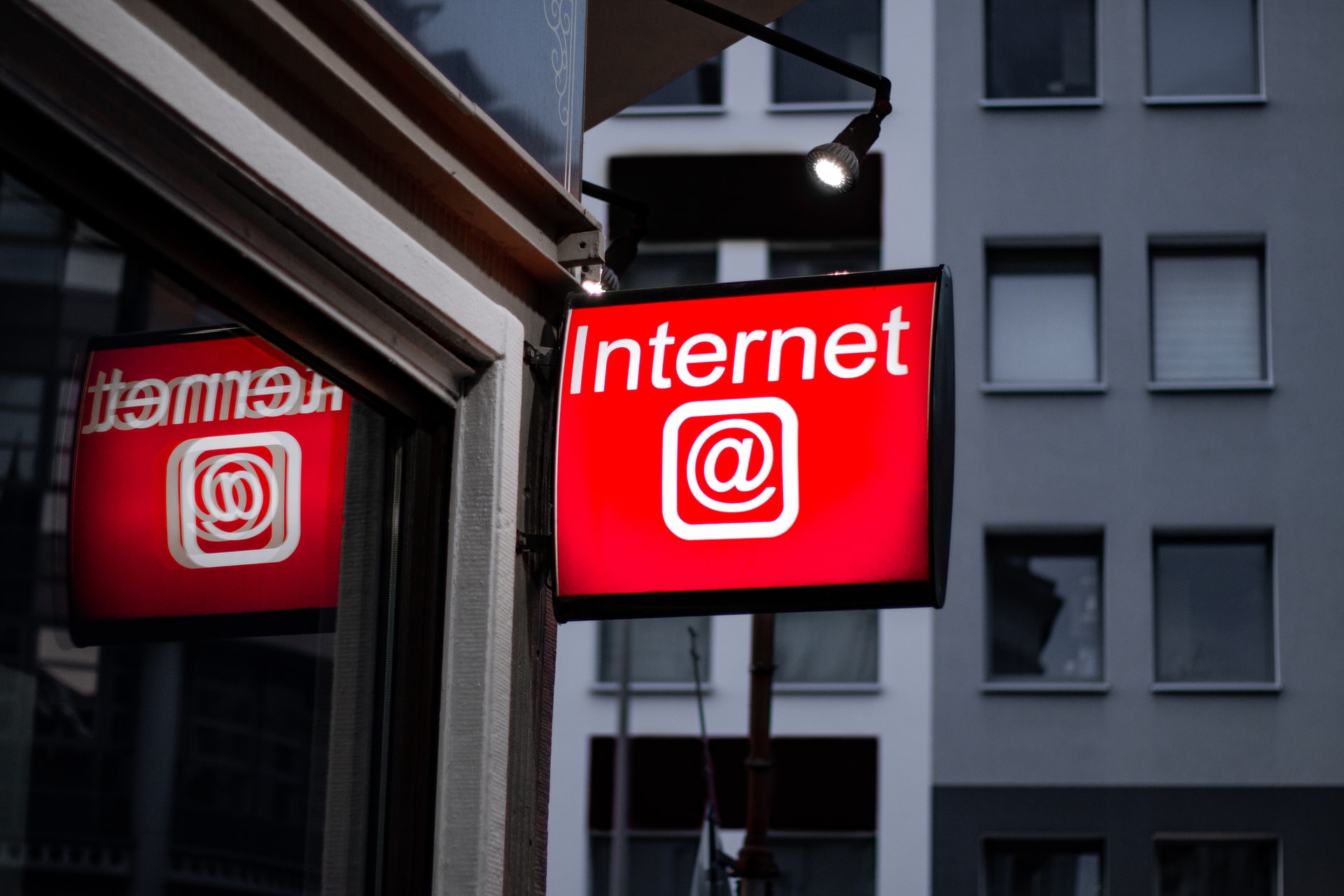Long gone are the days when the internet is considered a luxury. With the many purposes we have for it, such as staying connected with our loved ones, keeping abreast with the news, streaming movies and series for entertainment, and gaming alongside others albeit virtually, saying that we are heavily dependent on it now is mostly true.
Nine years ago, the United Nations declared the Internet as a basic need. It is curious though that there are still many remote areas where Internet service is lacking. The countryside and other far-flung areas do not have the abundance of choices that big cities have, but there are good options when you know where to look.
If you are in the same situation, it is highly likely that you have already seen a recommendation for satellite internet. It is touted as the best option you have and is leaps ahead than the alternative, which is dial-up. But is being the best option synonymous to being a good service, or are you left settling for less?
To put it succinctly...
Is Satellite Internet Good?
Decades ago, a simple no would have sufficed. But now? Not really.
You have the common reasons for experts saying no to satellite internet. There’s the service being expensive and usually slower than cable or fiber internet. Because it doesn’t rely on wires, it can be prone to high latency.
But the truth is, there are also strong reasons for using satellite internet. Location is irrelevant in connectivity, you can get high speeds, it is reliable, and simple to install. Even price is no longer a con, with many affordable plans you can choose from depending on your usage.
The technology has also seen great leaps in the past years. Moving forward, we can only expect more.
Let’s explore more of the benefits.

You are connected everywhere
The greatest advantage of satellite internet is accessibility. Always has, always will be.
It can be hard to imagine about half of the world disconnected, but in as late as 2019, that is still the reality [1]. The percentage is mostly made up of those living in rural areas and economically struggling or repressive countries, as well as women.
It’s not hard to see why — many companies might not see the benefit of investing in more remote areas when usage has slowed down in the last decade. There just isn’t enough demand, and building cables can be very time-consuming.
But where these companies are absent, satellite internet is accessible.
It does not matter if you are high up in the mountains or in the middle of the sea, satellite internet can reach you. You have signals transmitted to space to fulfill whatever request it is that you have, including browsing the web, downloading documents, sending an email, or watching videos, which are then sent back to your ISP and then your dish and device.
The transmission of signals isn’t as quick as cable, but you are also not limited by the lack of a direct connection.
No phone signal for hotspot and no cable or fiber internet services around? No problem!
You can get high speeds
Speed is often seen as a reason for opting out of satellite internet years ago. But today, you can get high speeds through it, varying from 12 Mbps to as high as 100 Mbps, which is not slow at all.
In fact, it can be just as fast as other internet options such as cable, fiber, and DSL. It is definitely leaps faster compared to dial-up, regardless of the package.
Need to be always connected because of your business? You can send an email, browse the web, and chat with no problem. Streaming is also possible.
In short, satellite internet won’t limit your activity online because of speed. The truth is far from it.

Satellite internet is cost-effective
There is a reason companies boasting of top speed cable and fiber internet are not making secluded areas internet-ready. Doing so requires plenty of effort, but the projected return on investment might not be encouraging.
Satellite internet does not have this problem because signals are transmitted through the air and shot to space. Like other means of connectivity, it requires some equipment on your end like a satellite dish, a modem, and a device. But the moment these are installed, you are ready to go online without too much fuss.
Fewer outages for satellite connections
Cable and fiber internet are heavily reliant on location. That also means that connection can be disrupted the moment natural disasters and other forces beyond human control take place. The fix for service interruptions can take weeks to months, depending on how severe the damage to the wires may be.
The case is not the same for satellite internet. Connectivity is not affected by disruptions on underground cables. As long as all parts of the network are intact and working, such as the device, the dish, and the satellite, the internet should go as usual.
In cases of emergency when time is of the essence when contacting authorities and seeking help, you can count on your satellite connection to save you.

Unaffected by peak usage times
The speed of terrestrial connections can be affected by time. When there is more internet traffic than usual, speed suffers. With satellite internet, you get none of the headache.
While there may be caps depending on your service and chosen package, users are generally unaffected by peak usage times. This is because satellite connections are capable of handling high bandwidth.
The given number may be less than direct connections, but that does not translate to speed. The global satellites are able to provide high-speed access across the globe which are available regardless of location.
Conclusion
Many people cannot afford to go offline for extended periods of time. When cable and fiber internet are unavailable, satellite internet comes to the rescue, bringing with it high speeds, reliability, and ease of use.
Need to send an email while in a retreat? Have to check in with family and loved ones while away and rejuvenating? Need to chill with an online game and play with friends? Go ahead. No muss, no fuss.
Satellite internet is good enough for these purposes, and more. Even when the choices are limited, you can be at ease knowing that you are not settling for less as old ideas regarding the service may lead you to believe.
In the future, we can even look forward to even higher speeds (400 Mbps, anyone?), lower latency, and accurate tracking. More and more companies are investing in the technology — and it is definitely exciting!









Comments